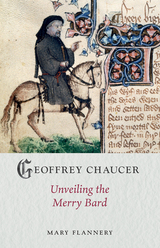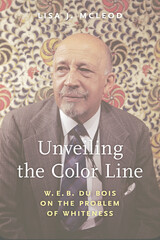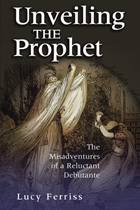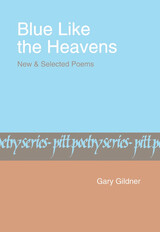
For over six centuries, Chaucer has epitomized poetic greatness, though more recent treatments of The Canterbury Tales’ lively and often risqué style have made his name more synonymous with bawdy humor. But beyond his poetic achievements, Chaucer assumed various roles including those of royal attendant, soldier, customs official, justice of the peace, and more. In this book, Mary Flannery chronicles Chaucer’s life during one of the most turbulent periods of English history, illuminating how he came to be known not only as the father of English poetry but also as England’s “merry bard.”

In The Souls of Black Folk, W. E. B. Du Bois brilliantly details the African American experience. Yet the renowned sociologist was also an astute chronicler of white people, particularly their racism. As Unveiling the Color Line demonstrates, Du Bois’s trenchant analysis of whiteness and white supremacy began in his earliest work—his 1890 speech on Jefferson Davis—and continued in every major book he published in his more than sixty-year career, up to The Black Flame Trilogy.
Lisa J. McLeod traces the development of Du Bois’s conception of whiteness, and the racism inherent to it, as an all-encompassing problem, whether predicated on ignorance, moral failure, or the inability to recognize the humanity in other people. In clear, elegant prose, McLeod investigates Du Bois’s complex and nuanced thinking, putting his insights into dialogue with contemporary racial theorists to demonstrate his continuing value to present-day critical thought and activism.

READERS
Browse our collection.
PUBLISHERS
See BiblioVault's publisher services.
STUDENT SERVICES
Files for college accessibility offices.
UChicago Accessibility Resources
home | accessibility | search | about | contact us
BiblioVault ® 2001 - 2024
The University of Chicago Press









